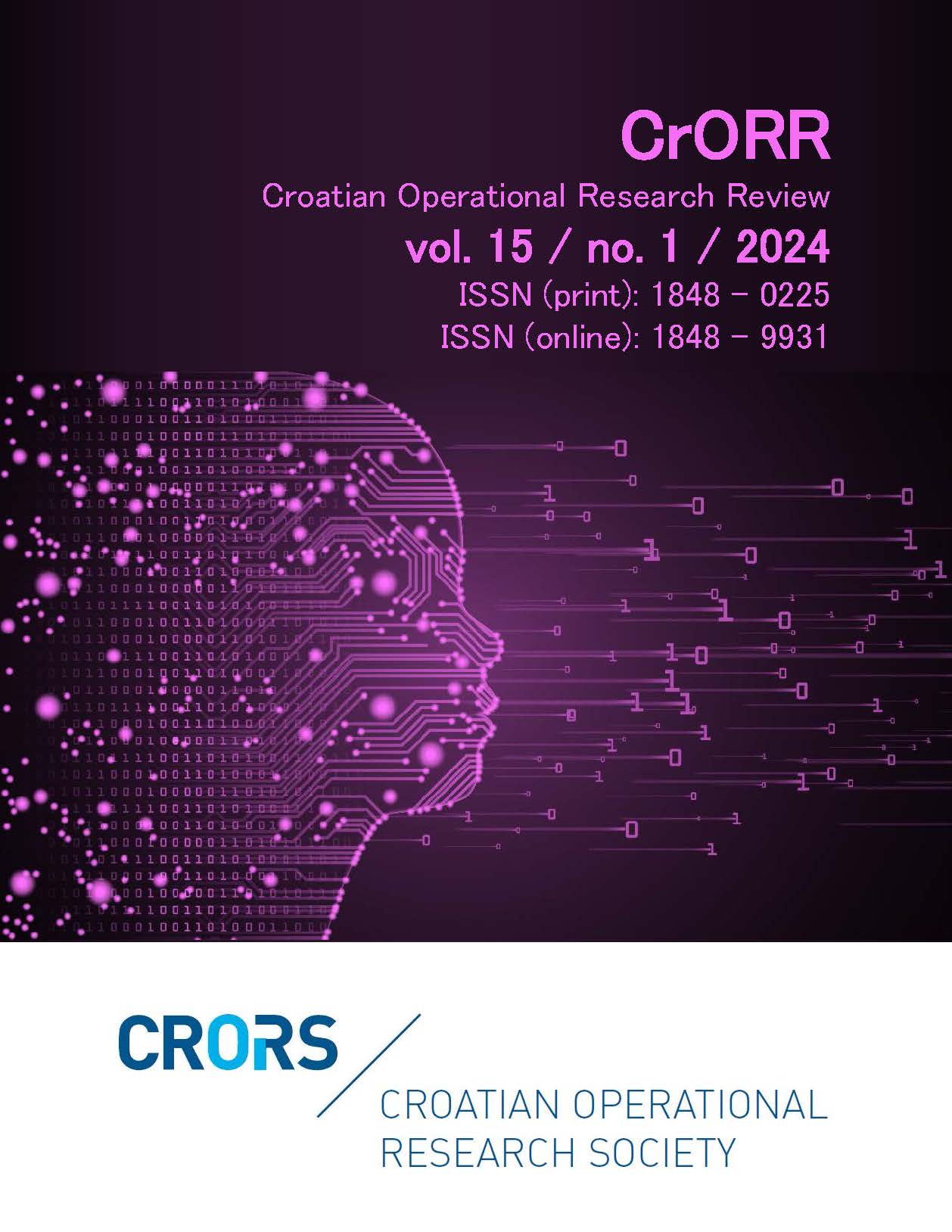Unveiling the roots of cyberloafing: a Fuzzy Analytic Hierarchy perspective on antecedents in the Indian IT landscape
Abstract
In an era where work and workplaces are increasingly digitized, the pervasive phenomenon of cyberloafing—diverting work hours to non-job-related online activities—poses a growing challenge. This study delves into the intricacies of cyberloafing among Indian IT professionals, identifying and prioritizing its antecedents using a Fuzzy Analytic Hierarchy Process (FAHP). Surveying 250 employees from CMMI Level 5 IT companies in Delhi-NCR, our findings reveal that interpersonal factors hold the most significant weight (58.7%) in contributing to cyberloafing, followed by individual (29.7%) and situational antecedents (11.6%). Notably, factors such as status at work (44.3%), personality (15.6%), and managerial support (14.4%) emerged as crucial sub criteria. This research not only adds precision to understanding cyberloafing but also proposes tailored measures to mitigate its impact. Our results underscore the imperative for organizations to address cyberloafing, especially in the context of the dynamic Indian IT landscape.
Downloads
Published
Issue
Section
License
- Authors retain copyright and grant the journal right of first publication with the work simultaneously licensed under a Creative Commons Attribution License that allows others to share the work with an acknowledgement of the work's authorship and initial publication in this journal
- Authors are able to enter into separate, additional contractual arrangements for the non-exclusive distribution of the journal's published version of the work (e.g., post it to an institutional repository or publish it in a book), with an acknowledgement of its initial publication in this journal.
- Authors are permitted and encouraged to post their work online (e.g., in institutional repositories or on their website) prior to and during the submission process, as it can lead to productive exchanges, as well as earlier and greater citation of published work (See The Effect of Open Access).


